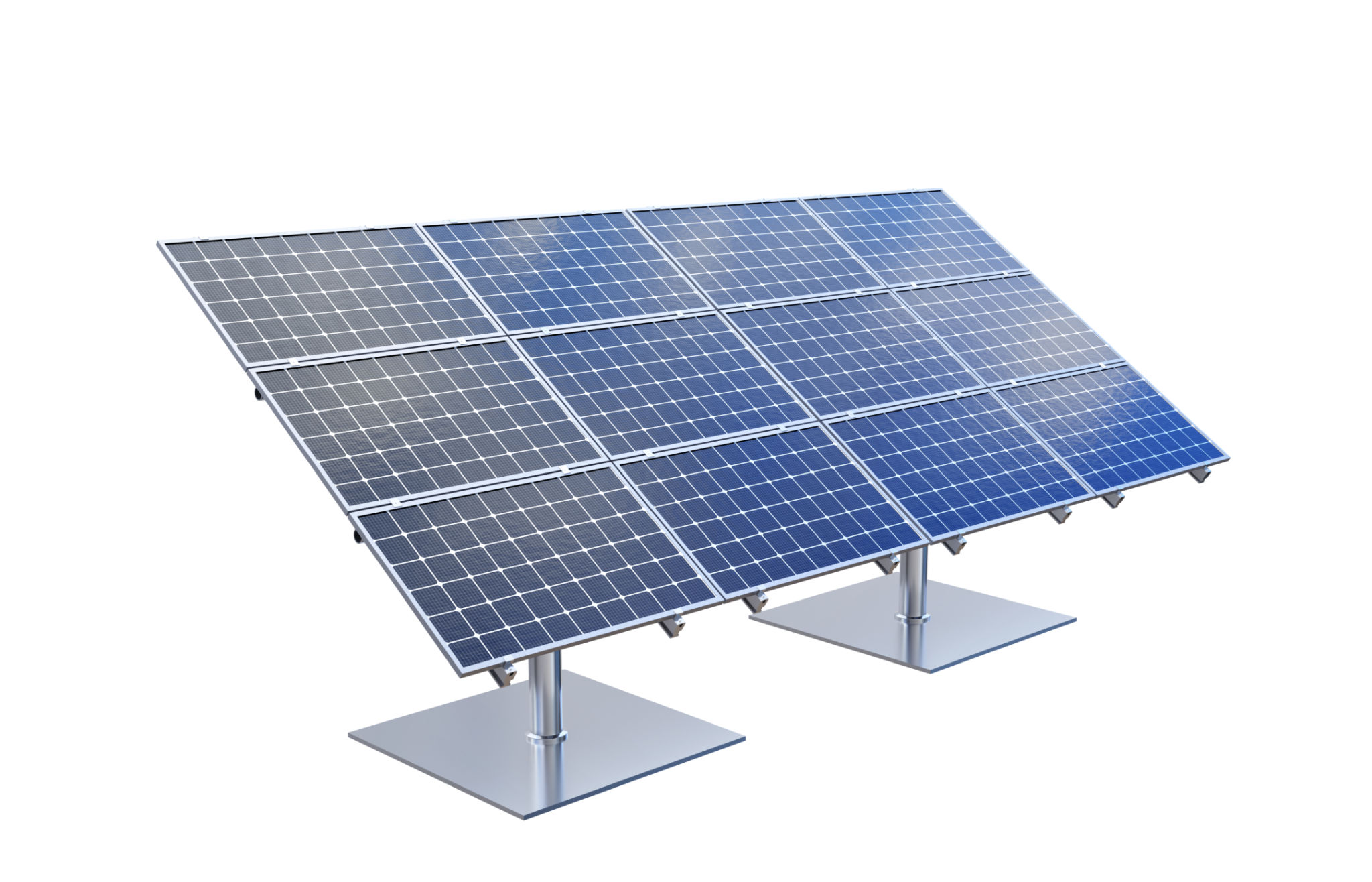Debunking Common Myths About Clean Energy in Australia
Understanding the Basics of Clean Energy
Clean energy, often synonymous with renewable energy, refers to energy sources that have a minimal environmental impact. These include solar, wind, hydroelectric, and geothermal energy. In Australia, the shift towards clean energy is gaining momentum due to its potential to significantly reduce carbon emissions and combat climate change.
Despite its growing popularity, clean energy is surrounded by a host of myths and misconceptions. It's essential to address these myths to promote informed decisions and discussions regarding the country's energy future.

Myth 1: Clean Energy Is Unreliable
One of the most prevalent myths about clean energy is its perceived unreliability. Critics often argue that solar and wind energy depend heavily on weather conditions, making them inconsistent. However, advancements in technology have led to significant improvements in energy storage solutions, such as batteries and pumped hydro storage, ensuring a stable and reliable supply even when the sun isn't shining or the wind isn't blowing.
Moreover, Australia's diverse landscape offers an abundance of clean energy resources that can be harnessed effectively. By leveraging a mix of renewable energy sources, Australia can maintain a consistent and reliable power supply.
Myth 2: Clean Energy Is Too Expensive
Another common misconception is that clean energy is prohibitively expensive compared to traditional fossil fuels. While it is true that initial setup costs for renewable energy infrastructure can be high, the long-term savings and benefits are substantial. Over time, the cost of generating renewable energy continues to decrease due to technological advancements and economies of scale.
In Australia, solar energy, in particular, has become one of the most affordable sources of electricity. The declining cost of solar panels and installation has made it accessible for both residential and commercial use, proving that clean energy is not only sustainable but also economically viable.

Myth 3: Clean Energy Cannot Support Economic Growth
There is a belief that transitioning to clean energy could hinder economic growth by reducing jobs in traditional energy sectors. In reality, the clean energy sector is a burgeoning industry offering numerous opportunities for job creation. According to recent studies, renewable energy projects can create employment in manufacturing, installation, maintenance, and operations.
Australia's commitment to expanding its clean energy sector has already led to thousands of new jobs and continues to drive economic growth. As global demand for clean technologies increases, so too does the potential for Australia to become a leader in the international renewable energy market.
Myth 4: Clean Energy Cannot Meet Australia's Energy Needs
Some skeptics argue that clean energy alone cannot meet Australia’s vast energy demands. However, with proper planning and investment in infrastructure, renewable energy can feasibly power the nation. The combination of different renewable sources can provide a balanced mix that caters to various energy needs across the country.

The integration of smart grid technologies also plays a critical role in optimizing energy distribution and enhancing efficiency. By modernizing the grid system, Australia can ensure that renewable energy is effectively utilized to meet both current and future demands.
Conclusion: Embracing a Clean Energy Future
Debunking these myths is crucial for fostering a better understanding of the potential and practicality of clean energy in Australia. As the nation continues its transition towards a more sustainable future, embracing renewable energy not only addresses environmental concerns but also presents economic opportunities.
By dispelling misconceptions and investing in innovation and infrastructure, Australia can lead by example on the global stage as a pioneer in clean energy solutions. The path forward involves collaboration between government, industry, and communities to create a resilient and sustainable energy system for generations to come.